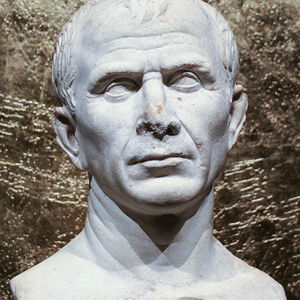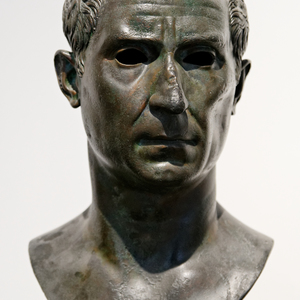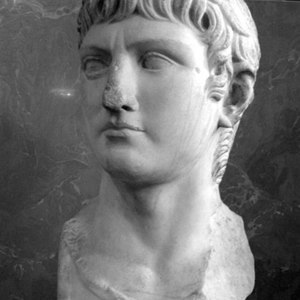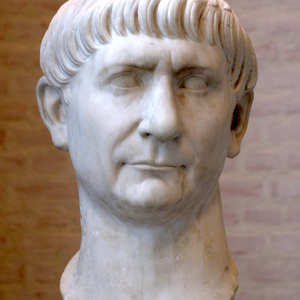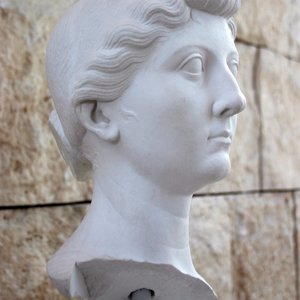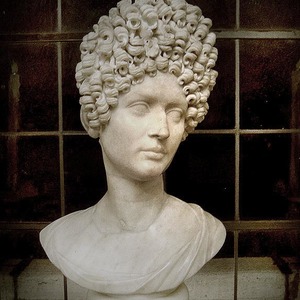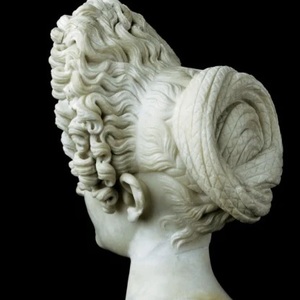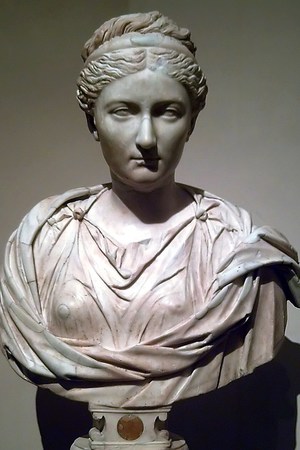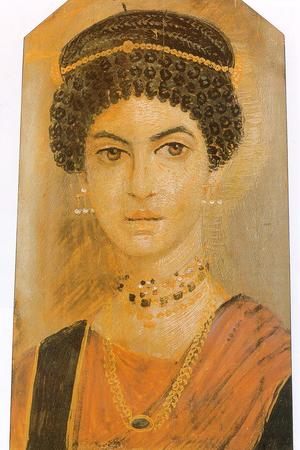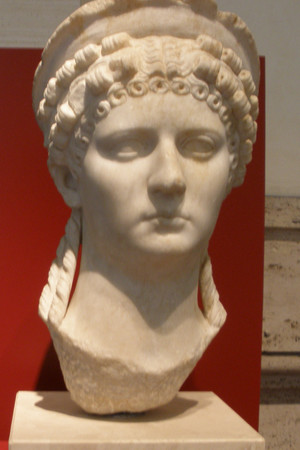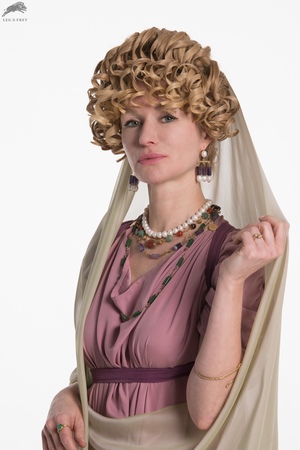Roman Hairstyles
Hairstyles (Latin: capillitium) in Ancient Rome, like today, were heavily influenced by fashion. The methods of styling hair changed throughout Roman history for both women and men, with fashion trends for hairstyles evolving more rapidly than clothing trends. The most distinctive feature of women's hairstyles was the use of wigs, while men's styles often involved shaving beards.
Men's Hairstyles
The Romans borrowed much from Greek culture, and until the end of the 4th century BC, most men adhered to the Greek fashion for hairstyles, growing thick beards and long hair. This trend continued until the 3rd century BC, when fashion began to change dramatically: after the conquest of Greece, short haircuts and clean-shaven faces became fashionable. Men began to shave when they turned 21, and the first shave (Latin: depositio barbae) was celebrated with festivities.
Mustaches and beards were meticulously shaved to achieve smoothness, although this was not the most pleasant task given Roman shaving techniques: not very sharp razors, without the use of soap and hot water. The satirist Martial wrote that "the wisest creature is the goat, which wears a beard all its life." Some men wore untidy long beards: typically, these were men of low social status and wealth (peasants and slaves), men in great sorrow and mourning (Emperor Augustus grew his hair and beard for several months after Varus's defeat), and philosophers as a sign of wisdom, nonconformity, and disdain for all material things.
During the early Empire, longer hair began to come into vogue, but the face was still expected to be clean-shaven.
Women's hairstyles
During the Republic, women, like men, wore simple hairstyles: hair was combed with a straight part (or without a part), pulled back, and tied into a knot at the back of the head.
During the Empire, elaborate high styles, constructions of curls and braids, and various types of curling came into fashion. The "tutulus" hairstyle was very popular: hair, curled into numerous curls, was fixed above the forehead on a wire frame resembling a kokoshnik, and at the back of the head, it was braided into small braids and arranged in a basket shape. Under the Flavians and until Trajan, high tower-like hairstyles were popular, while under Hadrian, simpler arranged hair came back into fashion.
Noblewomen could style their hair differently several times a day. Since the Republic, women were prohibited from dyeing their hair, but over time the ban ceased to be observed and was lifted. Henna, ash, and herbs were used for hair coloring, with red and blonde shades being especially popular. Sometimes, it even extended to very bright colors: it was said of Empress Messalina that "the red color of her hair could be seen on the banks of the Rhine."
Wigs
Wigs (Latin: capillamentum, galerus) became fashionable for practical purposes: they were often worn by women who wanted to hide poor hair growth, unsuccessful dyeing, or other hair damage. Men also sometimes used wigs to disguise themselves or hide early baldness, like Emperor Otho. Wigs were made from natural hair, and women could collect their hair for a wig from a young age or cut their slaves' hair. Since blonde hair was fashionable for a long time, wigs made from the hair of Gallic women were particularly valued.

